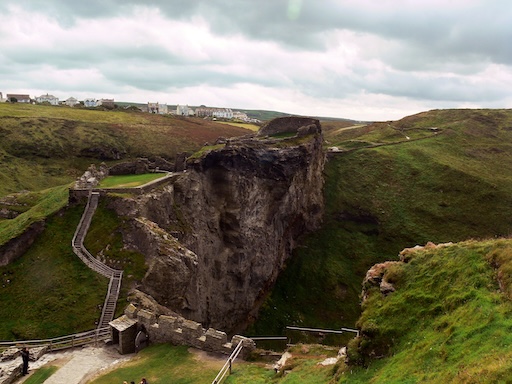
If you've ever dreamed of standing where myths were born, where the sea howls like a war cry and the wind tells stories older than time, then welcome to Tintagel Castle. Perched on the rugged cliffs of North Cornwall, this windswept ruin has long been wrapped in legend—chief among them: the birth of King Arthur.
Yes, that King Arthur. Sword in the stone, Knights of the Round Table, Merlin the wizard. While historians debate the truth, Tintagel doesn’t care. It leans into the drama with the flair of a theatre actor—half real, half magical, and entirely unforgettable.
The Cliffside Kingdom of Lore
The first thing that hits you as you approach Tintagel is the setting. You don’t “visit” this castle—you earn it. After a steep trek down stone stairs and across a narrow footbridge suspended between two sea-blasted cliffs, you arrive at the ruins: broken walls, scattered foundations, and centuries of wind-polished stone that practically hum with mystery.

There’s something cinematic about the landscape here. Waves crash violently below, puffins nest along jagged rock ledges, and the Atlantic horizon stretches endlessly westward—perfect for imagining Arthur’s knights sailing off toward Avalon. Even on a bright summer day, the place carries a misty melancholy, like it knows its best days are long gone but refuses to be forgotten.
Arthurian Origins or Touristic Tale?
The connection between King Arthur and Tintagel first appears in Geoffrey of Monmouth’s 12th-century book, Historia Regum Britanniae, which claimed that Arthur was conceived at Tintagel through Merlin’s sorcery. This claim catapulted the ruins into medieval stardom and—let’s be honest—probably boosted tourism back when pilgrims still walked barefoot through brambles.
But here’s the twist: archaeologists have found real evidence of a wealthy settlement at Tintagel dating back to the 5th and 6th centuries—the exact time Arthur would’ve lived (if he existed). Imported pottery from the Mediterranean, signs of feasting halls, even ornate glass—someone rich and powerful definitely lived here. Was it Arthur? Who knows. But the vibe is very “medieval elite with secrets.”
Modern Ruins, Timeless Views
What remains of the castle today dates mostly from the 13th century, built by Richard, Earl of Cornwall, who leaned heavily into the Arthur connection (some might say he invented tourism marketing). His castle included a great hall, chapel, and gateways—some of which still stubbornly cling to the cliff face.
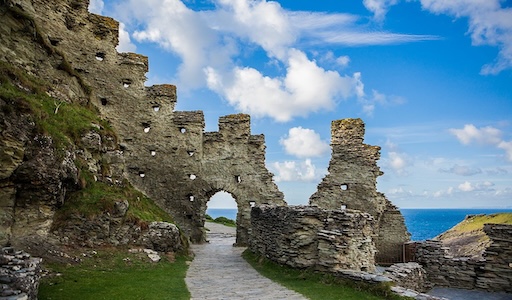
And then there’s Merlin’s Cave. That’s right—there’s an actual sea cave underneath the ruins. At low tide, you can walk through the echoing tunnel and watch sunlight spill through the other side. Do locals say it’s magical? Of course they do. Do tourists leave with pockets of sea-polished stones and maybe a new belief in ancient magic? Quite possibly.
Getting There (and What to Know)
Tintagel Castle is managed by English Heritage and is open to visitors year-round (weather permitting). You'll want decent shoes—the path is steep, the cliffs are real, and Cornwall is not known for predictable sunshine.
The village of Tintagel itself is a quirky little place packed with Arthurian-themed shops, cream tea cafes, and souvenir Excaliburs. If you’ve ever wanted a plush dragon or a King Arthur snow globe, this is your moment.
It’s about a 4.5-hour drive from London, or you can take a train to Bodmin Parkway and then a bus. Trust us: the view is worth the journey.
Why We Love It
Tintagel Castle isn’t just a pile of old stones. It’s a portal. A place where myth and history blur, where your imagination can run wild with knights and witches and ancient royalty. Whether you believe in King Arthur or just love a good ghost story, this place delivers in atmosphere, views, and mystery.
For dreamers, wanderers, and lovers of lost legends, Tintagel isn’t just a stop on a map—it’s a calling. And for fans of the United Kingdom’s most magical places, it’s a must.
Share this story and inspire others.
Tags: Tintagel Castle, King Arthur, Cornwall, UK travel, legends, ancient ruins, Chasing Hidden Wonder, unusual places in England
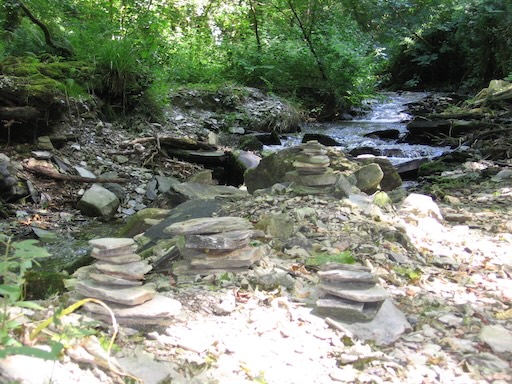 St. Nectan’s Glen – A Hidden Waterfall Steeped in Celtic Legend
St. Nectan’s Glen – A Hidden Waterfall Steeped in Celtic Legend
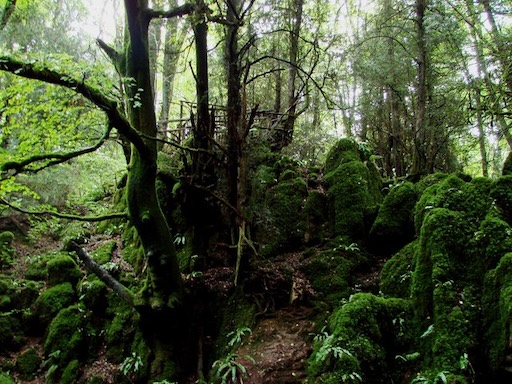 Puzzlewood – A Real-Life Fantasy Forest in Gloucestershire
Puzzlewood – A Real-Life Fantasy Forest in Gloucestershire
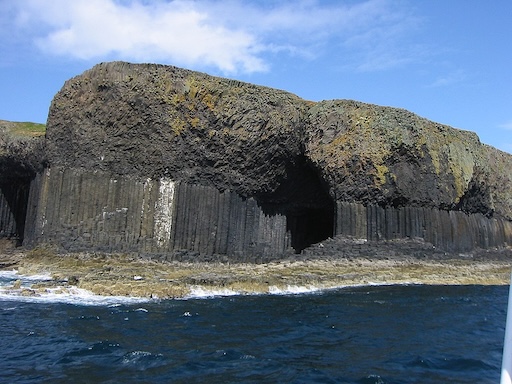 Fingal’s Cave – Scotland’s Singing Sea Cathedral of Stone
Fingal’s Cave – Scotland’s Singing Sea Cathedral of Stone
 Tower of London – The Fortress That Guards History
Tower of London – The Fortress That Guards History
 The British Museum – Where the World’s Treasures Come to Stay
The British Museum – Where the World’s Treasures Come to Stay
 Alnwick Castle – Where Magic Meets Medieval Might
Alnwick Castle – Where Magic Meets Medieval Might
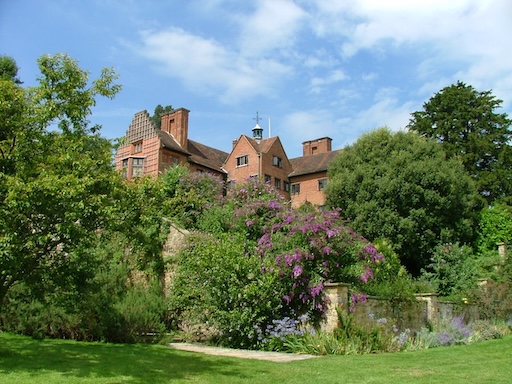 Chartwell House – Where Churchill’s Spirit Still Walks the Halls
Chartwell House – Where Churchill’s Spirit Still Walks the Halls